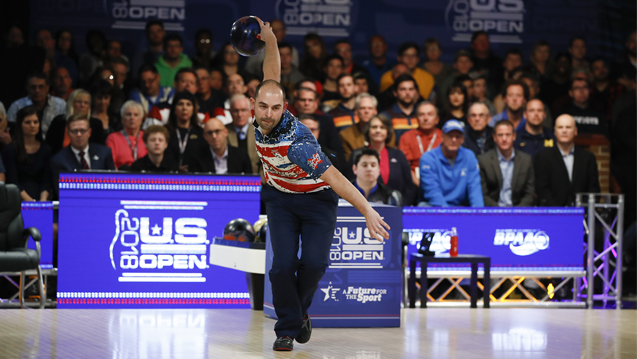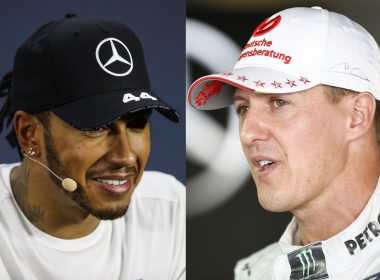This week, The McGill Tribune placed an incredibly contentious issue on the debate floor: Is bowling a sport? The answer is less clear than you may think.
Bowling is just like any other sport
Gabe Nisker
Bowling, on a surface level, seems fairly accessible: Grab some buddies, beer, and a pair of clown shoes and head down to the alley. But that is where the Professional Bowlers Association tricks you. Its design is accessible, but once you’re in, you’re in. Underneath the surface, the sport––yes, it is a sport––is ruthless, competitive, and challenging to the highest degree.
Bowling is likely the oiliest sport out there, but that slick quality makes it all the more difficult for one to succeed. Every bowling lane is coated in oil to protect it from catching fire. Most recreational bowling uses “house” coating, which helps funnel the ball toward the centre of the lane for greater shot success. Professional bowling uses a “sport” pattern, a more even distribution of oil across the surface that allows for little margin of error, which makes every shot a precise calculation.
According to Nick Bonahan, the sports performance specialist for the United States Bowling Congress, being an elite athlete alone is not enough to make you an elite bowler. However, elite bowlers are always elite athletes with impressive leg strength, flexibility, balance, and control. Their adaptability makes each shot—unique due to the changing oil surface—a different challenge that bowlers are well-equipped to handle. The physical and mental difficulty of hurling bowling balls at around 20 miles per hour regularly for 10 frames is not to be understated. The combination of mental and physical makes bowling similar to other sports, such as hockey or basketball, whose legitimacy as a sport is never questioned.
Bowling is nothing more than a casual weekend activity
Jack Armstrong
According to the Cambridge Dictionary, a sport is “a game, competition, or activity needing physical effort and skill that is played or done according to rules, for enjoyment and/or as a job.”
Bowling is played according to rules, and it can be played for enjoyment or a job, but it requires almost no physical effort. Many people compare the physical exertion of bowling to the established sport of golf, but in reality, golf is noticeably more physical. The only motions required to be proficient in bowling are walking a few paces and rolling a ball less than 20 metres down a slick surface. Almost anyone can do it. In golf, however, a player must be able to hit a ball nearly 180 metres in order to be considered any good. This requires an enormously forceful swing that not everyone can accomplish–and that is the key difference between the two activities.
This is not to say that there is no skill to be observed in bowling: There is obviously a gap between good and bad bowlers. However, the skills used in bowling are overwhelmingly mental, much like the game of chess, which is is decidedly not a sport. Knowing where to throw the ball and how much spin to apply is so much more important than how hard you throw the ball, which is why players almost always roll strikes in professional games: They know exactly where to throw the ball. Knowing where to put the bowling ball, however, is not a physical skill. Since bowling’s skill set is overwhelmingly mental, rather than physical, it should be considered a fun activity for all ages but not a sport.
Editor’s Pick
Bowling is an activity that is generally not associated with superhuman athleticism or intense competition and cash prizes. But the reality is that both of these elements that are intrinsic to professional sports exist in bowling. Bowling is a sport and should be afforded the appropriate respect.









